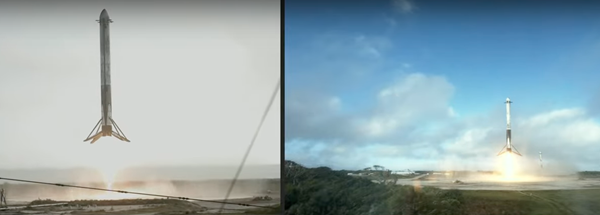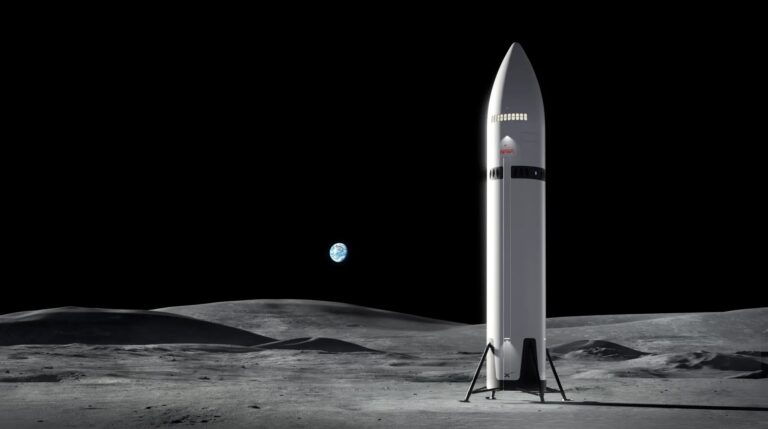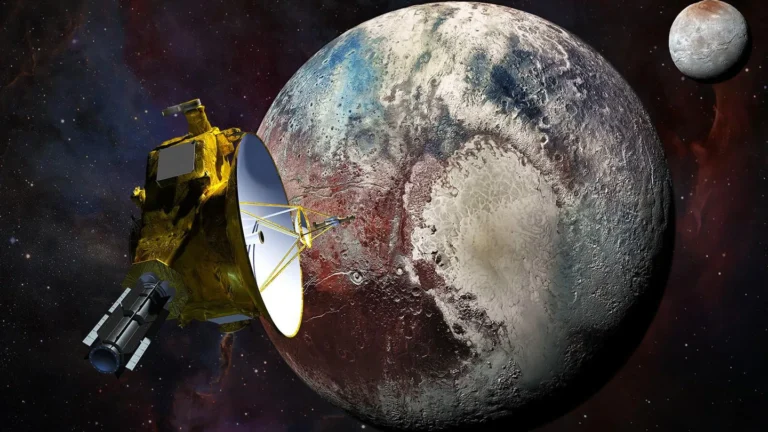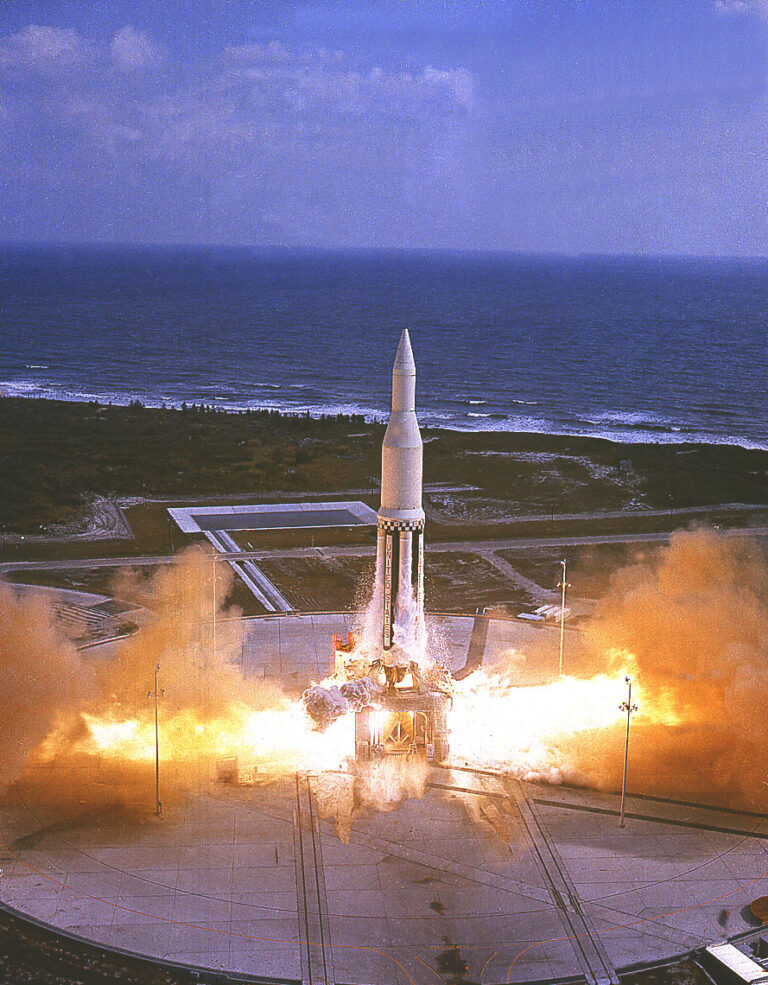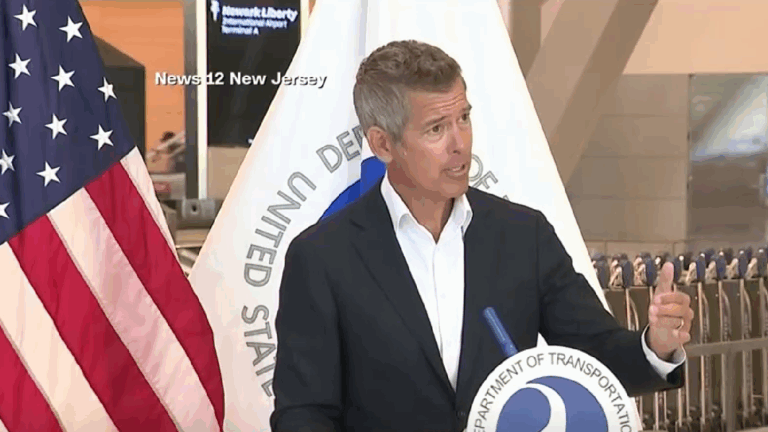Key Takeaways:
- SpaceX successfully launched the Falcon Heavy rocket on November 1, initiating the U.S. Space Force's USSF-44 mission, which deployed two classified satellites, including the TETRA-1 microsatellite, into geosynchronous orbit.
- This event marked the first Falcon Heavy launch since June 2019 and featured the successful, nearly simultaneous autonomous landing of its two side boosters at Cape Canaveral Space Force Station.
- The booster recoveries constituted the 150th and 151st successful landings of an orbital-class rocket, highlighting advanced reusability in spaceflight operations.
- In accordance with mission plans, the Falcon Heavy's core stage did not attempt recovery, instead plummeting into the sea after successfully deploying its payloads.
For the first time since June 2019, SpaceX successfully launched their powerful Falcon Heavy rocket at 9:41 A.M. ET on Tuesday, Nov. 1. The Falcon Heavy lifted off from a foggy Launch Complex 39A at Kennedy Space Center in Florida.
The launch was part of the U.S. Space Force’s USSF-44 mission, which saw the Falcon Heavy deploy two classified satellites into geosynchronous orbit around Earth. The mission’s smaller payload is a microsatellite called TETRA-1, built by Millennium Space Systems, according to a company news release. Little information is available about USSF-44’s larger payload.
Shortly after launch, the Falcon Heavy’s two side boosters safely landed themselves back on Earth. The rocket’s core stage, however, did not attempt to land, instead plummeting into the sea after deploying its payloads, as planned.
You can watch the launch of the Falcon Heavy, as well as the vertical landing of its two boosters, in the video directly below, courtesy of SpaceX.
A flight to remember
About 2 minutes and 32 seconds after liftoff (T+02:32), the Falcon Heavy core stage jettisoned its two side boosters, which are modified Falcon 9 first stages. The two boosters then followed nominal trajectories back to their planned landing zones at Cape Canaveral Space Force Station.
At T+6:50, at an altitude of about 29 miles (47 kilometers), the side boosters briefly reignited their engines for a speed-shedding reentry burn. As they continued to plummet through the sky, deployable grid fins helped the boosters guide themselves to their designated landing sites.
At T+8:00, the boosters again reignited for a final landing burn. Eight seconds later, sonic booms cracked above the landing sites as the boosters neared their targets. Perfectly captured on video, the two flying towers then effortlessly touched down nearly simultaneously, as if starring in a sci-fi film.
This pair of landings mark the 150th and 151st successful landing of an orbital-class rocket — but the novelty of watching rockets autonomously return to Earth has still not worn off.

